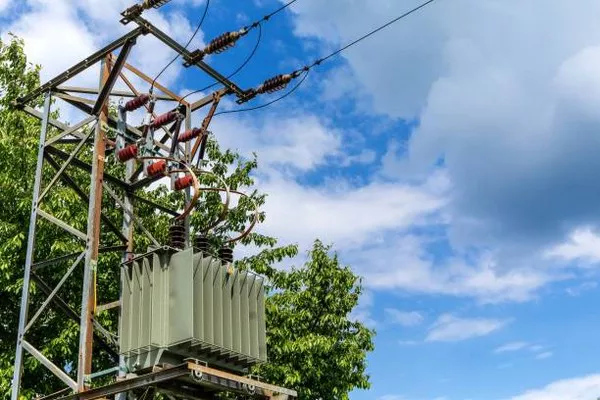Transformer oil plays a crucial role in the efficient operation of power transformers, serving as both an insulator and a coolant. One critical parameter used to assess the quality of transformer oil is its breakdown voltage. The breakdown voltage of transformer oil is a key indicator of its dielectric strength, and understanding this parameter is essential for maintaining the reliability and performance of power transformers.
Breakdown Voltage Defined
The breakdown voltage of transformer oil refers to the electric strength at which the insulating oil loses its ability to resist electrical stress, resulting in a breakdown or failure of the insulation. It is the voltage level at which a spark or arc forms, creating a conductive path through the insulating medium. The breakdown voltage is typically measured under standardized testing conditions, providing a consistent and comparable metric for different transformer oils.
Importance of Breakdown Voltage
The breakdown voltage is a critical parameter because it directly correlates with the dielectric strength of transformer oil. Dielectric strength is the ability of an insulating material to withstand electrical stress without experiencing a breakdown. In power transformers, where high voltages are prevalent, maintaining a high dielectric strength is essential to prevent electrical failures and ensure the longevity of the equipment.
Testing Methods
Several standardized testing methods are employed to determine the breakdown voltage of transformer oil. The most common method is the ASTM D877 test, which involves immersing two electrodes into the oil sample and gradually increasing the voltage until a breakdown occurs. Another widely used method is the IEC 60156 test, which employs a similar approach but follows international standards set by the International Electrotechnical Commission (IEC).
Factors Influencing Breakdown Voltage
Several factors can influence the breakdown voltage of transformer oil, and understanding these variables is crucial for maintaining optimal performance. One significant factor is the presence of contaminants in the oil, such as water, particulate matter, or gases. Even small amounts of contaminants can significantly reduce the dielectric strength of the oil, leading to a lower breakdown voltage.
Additionally, the temperature of the oil can impact its breakdown voltage. Higher temperatures can decrease the dielectric strength of the oil, making it more susceptible to electrical stress. Monitoring and controlling the temperature of the transformer oil are therefore essential for maintaining its dielectric properties.
The type and quality of the oil itself also play a crucial role in determining the breakdown voltage. Mineral oil, traditionally used as transformer oil, has a different breakdown voltage compared to newer synthetic or vegetable-based oils. Therefore, selecting the right type of oil for a specific application is essential to ensure optimal performance and reliability.
Importance in Preventive Maintenance
Regular testing of transformer oil for breakdown voltage is a fundamental aspect of preventive maintenance for power transformers. By assessing the dielectric strength of the oil, maintenance teams can identify potential issues before they escalate into serious problems, reducing the risk of unexpected equipment failures and downtime.
Routine testing also allows for the detection of contaminants or degradation of the oil over time. Addressing these issues promptly through oil filtration, purification, or, if necessary, oil replacement can help extend the lifespan of the transformer and enhance its overall reliability.
Industry Standards and Regulations
Various international standards and regulations govern the breakdown voltage requirements for transformer oils. These standards are designed to ensure the quality and reliability of transformer insulation. For example, the International Electrotechnical Commission (IEC) and the American Society for Testing and Materials (ASTM) provide guidelines and testing procedures to assess the breakdown voltage of transformer oil.
Meeting or exceeding these standards is crucial for transformer manufacturers, utilities, and operators to guarantee the safe and reliable operation of power transformers. Adhering to these standards also facilitates interoperability and ensures a consistent level of performance across the industry.
See Also What Is Inside A Transformer On A Telephone Pole
Conclusion
The breakdown voltage of transformer oil is a critical parameter that directly influences the dielectric strength of the insulation in power transformers. Maintaining a high breakdown voltage is essential for preventing electrical failures and ensuring the reliable and efficient operation of power transformers. Regular testing, adherence to industry standards, and proactive preventive maintenance measures are vital for safeguarding the integrity of transformer oil and, by extension, the entire power distribution system. As technology advances and new transformer oils are developed, continued research and adherence to evolving standards will be essential in ensuring the resilience and longevity of power transformers in the modern electrical grid.

